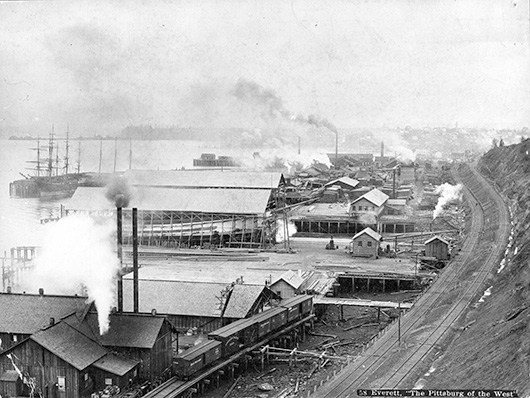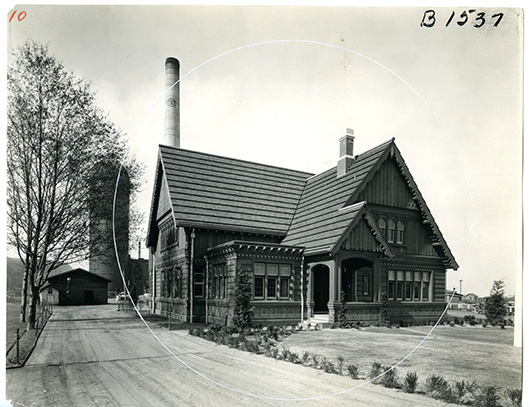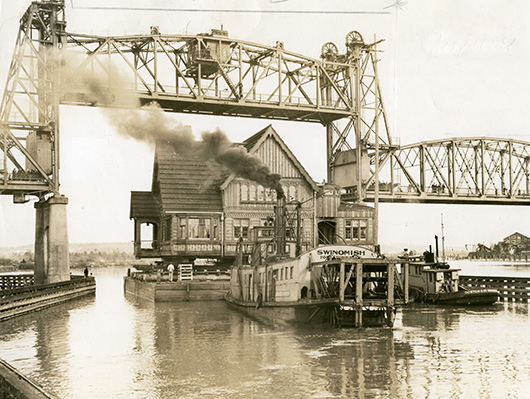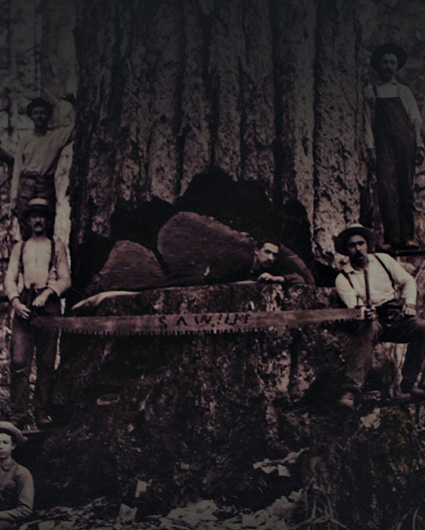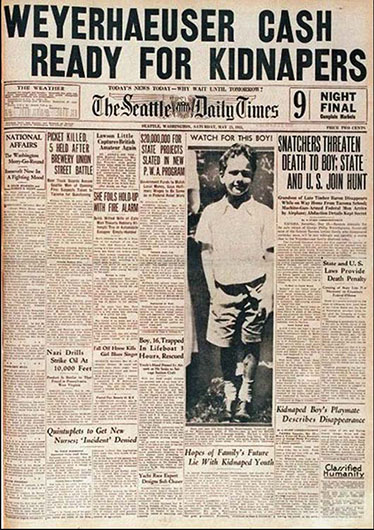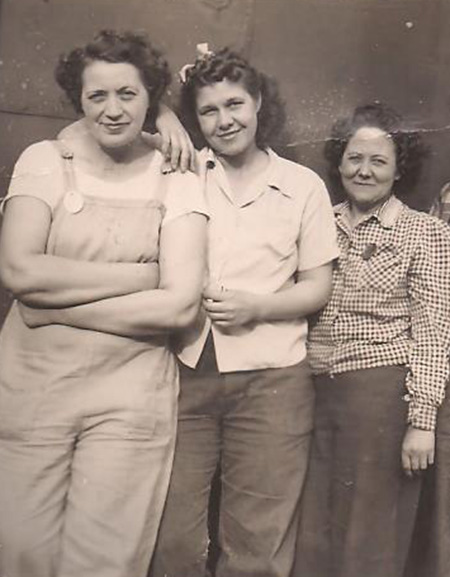02
Batchelder
Fireplace
scroll
Photo courtesy of the Forest History Society, Durham, NC
02
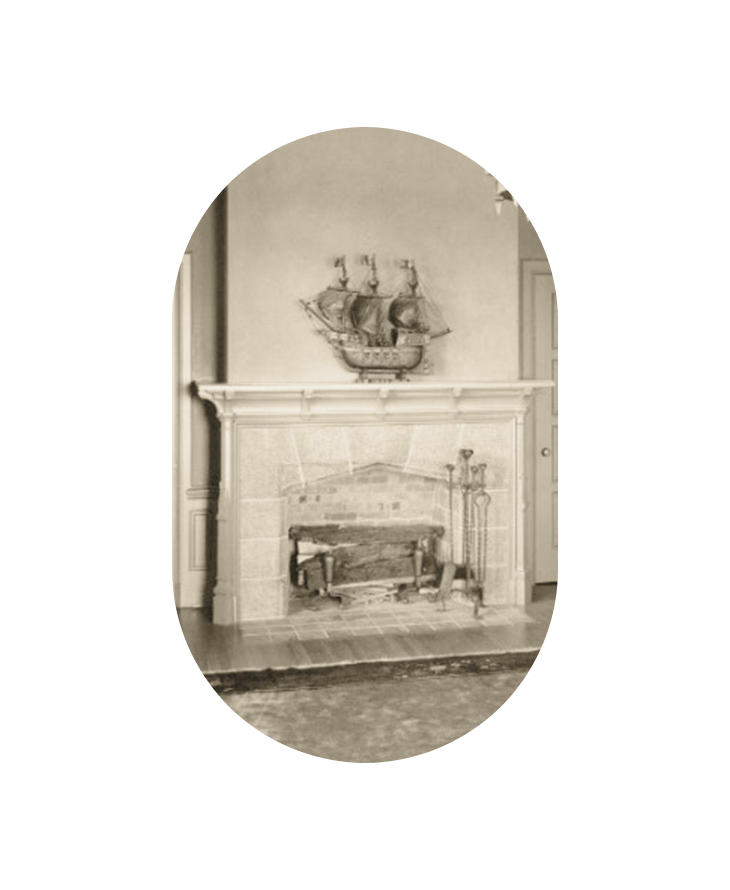
02

scroll






A Fireplace Rooted in the Arts and Crafts Movement.
In William H. Boner’s office, who was manager of the Weyerhaeuser mills in Everett, the terra cotta fireplace is the centerpiece of the room. The fireplace is of Batchelder tile design.
Batchelder-Wilson Co. was a tile company that specialized in handcrafted tile products made in Los Angeles. Batchelder Tiles was led by tile maker Ernest A. Batchelder (1875-1957), a leader in the Arts and Crafts movement.
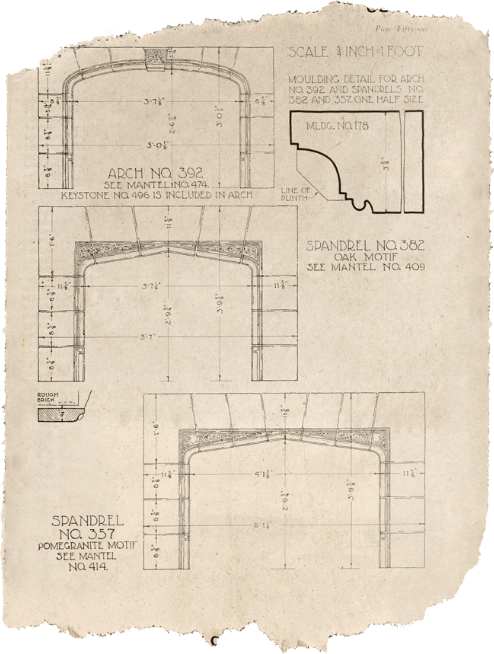
The hearth can be found on page 51 of the 1923 Batchelder Tiles catalog. (Photo courtesy of Batchelder-Wilson Co.)
The spandrel selected in the catalog was No. 382, made with an oak motif and featuring a rough-brick style.
Spandrel No. 382
Mantel No. 409
From the Batchelder-Wilson Co. Catalog:
“A fireplace, in a peculiarly intimate sense, is the center of the home. It is the focal point in any scheme of decoration. In proportion, form, and color it demands thoughtful consideration.”
In 1923, a model of a 16th-century galleon adorned the mantel.
(Photo courtesy of the Forest History Society, Durham, NC.)
Batchelder Tiles.
Tile maker Ernest A. Batchelder (1875-1957) was a leader in the Arts and Crafts movement.
Through the Arts and Crafts movement, Batchelder rediscovered the methods and motifs of medieval tiles. Each tile showed the nature of the clay and the hand of the maker.
Batchelder had a special love for the hearth, so many of his tiles were made to surround fireplaces. He also designed tiles for …
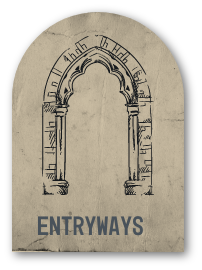
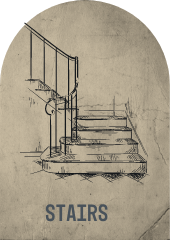
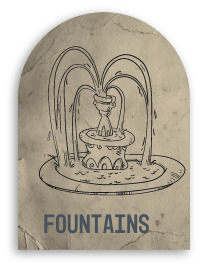
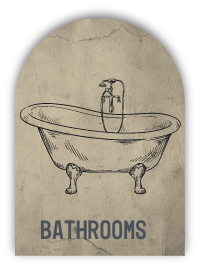
Batchelder’s best-known tiles, designed between 1910 and 1920, featured either medieval or natural motifs on a brown clay finished with a blue stain. One of his famous designs is a pair of peacocks – the panel was used as a decorative accent in fireplaces and fountains. Other well-known panels show ships in storms, rabbits, parrots, frogs, castles and knights on horses.

